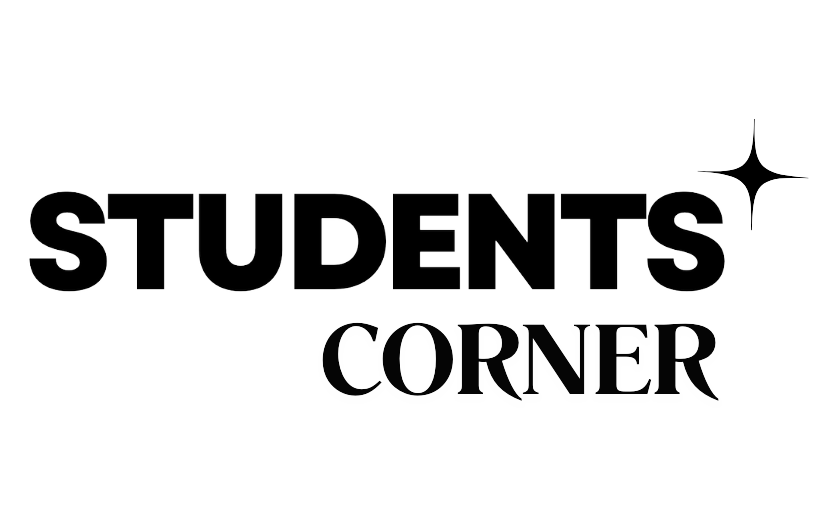Question 1:
Consider the following points with respect to the steps of Accounting:
- Identification of business transaction.
- Recording of transaction into Journal.
- Posting the transaction into Ledger.
- Paying salary to the accountant.
Identify the correct statement/statements: (A) (i) only
(B) (i) and (ii) only
(C) (i), (ii) and (iii)
(D) (i), (ii), (iii) and (iv)
Answer: (C) (i), (ii) and (iii)
Explanation:
Paying salary to the accountant is an example of a financial transaction and falls under the recording step, which is already covered in the process of recording transactions in the journal.
Question 2:
Assertion: Only financial transactions are recorded in Accounting.
Reasoning: Events or transactions, which can be expressed in terms of money, are recorded in the books of accounts.
Choose the correct option:
(A) Both A and R are correct, and R is the correct explanation of A.
(B) Both A and R are correct, but R is not the correct explanation of A.
(C) A is correct, but R is incorrect.
(D) A is incorrect, but R is correct.
Answer: (B) Both A and R are correct, but R is not the correct explanation of A.
Explanation:
While both statements are correct, R is not a complete explanation for A. The assertion focuses on financial transactions, while the reasoning explains the nature of those transactions. However, not all financial transactions are merely those expressed in terms of money.
Question 3:
What are the properties and resources owned by an enterprise?
(A) Assets
(B) Liabilities
(C) Capital
(D) Creditors
Answer: (A) Assets
OR
From which type of transactions do capital receipts arise?
(A) Recurring Transactions
(B) Non-recurring Transactions
(C) Both (A) and (B)
(D) Neither (A) nor (B)
Answer: (B) Non-recurring Transactions
Question 4:
Which of the following limitations is covered with the manipulation of accounts?
(A) Problem of window dressing
(B) Not fully exact
(C) Ignores qualitative factors
(D) Ignores the effect of price level changes
Answer: (A) Problem of window dressing
Explanation:
Window dressing is the manipulation of financial statements to present a better picture of the financial position or results of operations, even though these statements do not reflect the true financial situation.
Question 5:
Mr. Ram creates provisions for certain types of contingencies that may happen in the near future but does not anticipate any future profits.
Identify the accounting concept being followed by Mr. Ram.
(A) Conservatism concept
(B) Full disclosure concept
(C) Dual aspect concept
(D) Money measurement concept
Answer: (A) Conservatism concept
Explanation:
The conservatism principle in accounting advocates for prudence, which means that possible future losses should be anticipated and provided for, while future profits should not be recognized until they are realized.
Question 6:
“Personal transactions of the owner are not recorded in the books of the business unless it involves inflow or outflow of business funds.”
To which accounting principle the above phrase is related?
(A) Dual Aspect Concept
(B) Principle of Conservatism
(C) Business Entity Concept
(D) Accounting Period Concept
Answer: (C) Business Entity Concept
Explanation:
The business entity concept dictates that the business and the owner are separate entities, and personal transactions of the owner should not be mixed with the business transactions, unless they involve business funds.
Question 7:
Assertion: Accounting standards help auditors in the audit of accounts.
Reasoning: Accounting standards raise the standard of the audit of accounts.
Answer: (B) Both A and R are correct, but R is not the correct explanation of A.
Question 8:
Ajay wants to start a business systematically. Which accounting system should he follow?
Choose the correct answer:
(A) Single Entry System
(B) Double Entry System
(C) Cash basis
(D) Accrual basis
Answer: (B) Double Entry System
Explanation:
The Double Entry System is the most systematic accounting method as every transaction has two aspects – debit and credit.
Question 9:
What will be the journal entry for the cash introduced by Mr. Manoj Manohar Lai to commence his business?
Answer:
The journal entry for the cash introduction would be:
Cash Account Debit ₹60,000
To Capital Account Credit ₹60,000
Question 10:
For the sale of goods on 4th of March, how much will be recorded in the Cash Account?
(A) ₹60,000
(B) ₹45,000
(C) ₹15,000
(D) ₹75,000
Answer: (C) ₹15,000
Explanation:
As 75% of the sale is on credit, 25% of ₹60,000, which is ₹15,000, will be recorded in the Cash Account.
Question 11:
During the lifetime of an entity, accounting produces financial statements in accordance with which basic accounting concept?
(A) Conservation
(B) Matching
(C) Accounting period
(D) None of the above
Answer: (C) Accounting period
Question 12:
In which subsidiary book are all transactions relating to cash receipts and cash payments recorded?
(A) Cash Account
(B) Journal Proper
(C) Cash Book
(D) Ledger
Answer: (C) Cash Book
Question 13:
Consider the following statements with regard to the maintenance of subsidiary books:
(i) All credit purchases are maintained in the Purchases Book.
(ii) All credit sales are recorded in the Sales Return Book.
(iii) All the cash transactions are recorded in the Cash Book.
Identify the correct statement/statements:
(A) (i) and (iii)
(B) (i), (ii), and (iii)
(C) (i) only
(D) (iii) only
Answer: (A) (i) and (iii)
Explanation:
The Purchases Book records credit purchases, and the Cash Book records cash transactions. The Sales Return Book records returns from sales, not credit sales.
